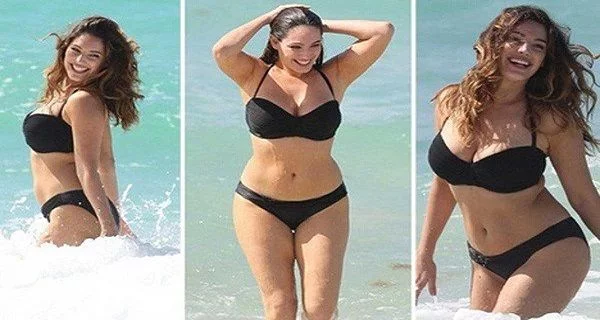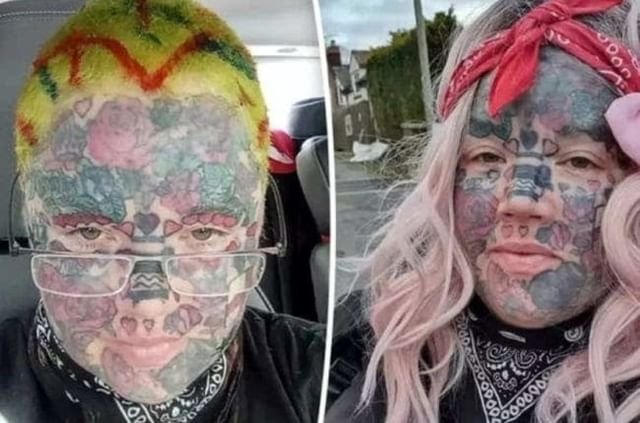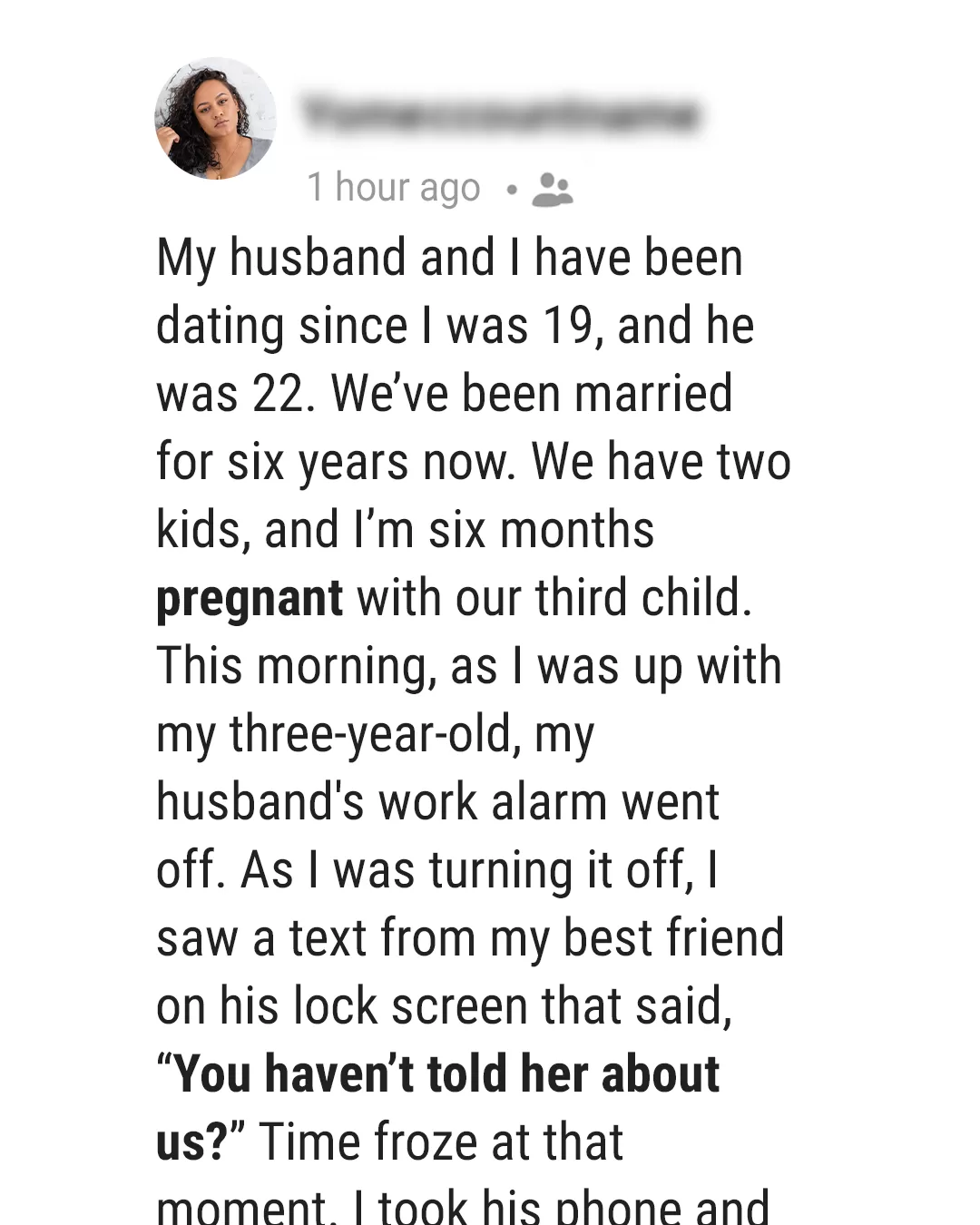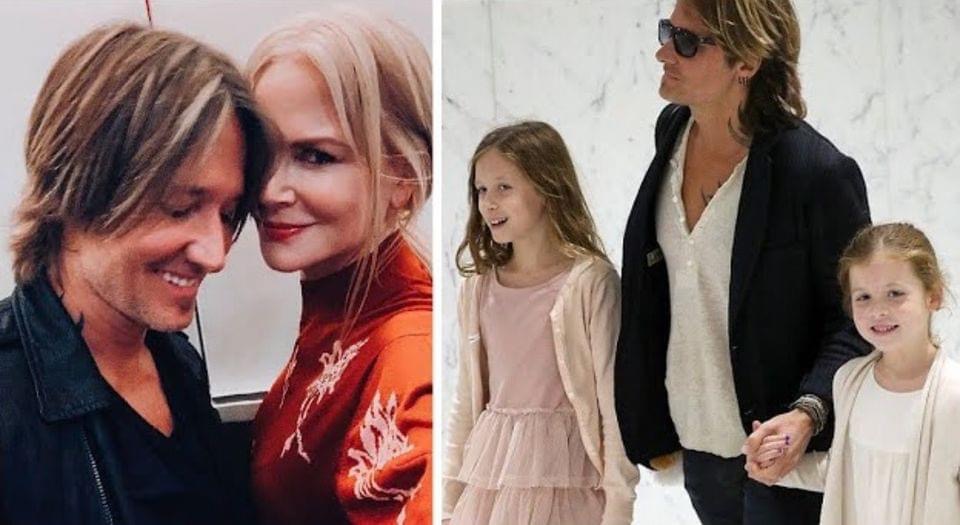
“Unveiled: The Shocking Truth About the Perfect Female Body, Backed by Science!”
“Beauty has no size, no skin tone, no hair colour, no eye colour, no facial features, no muscle definition… For we are all uniquely beautiful, and the standards are unreal.” – Anonymous

A woman reflects on the ever-shifting landscape of beauty standards, acknowledging that these norms should never be considered as fixed standards. Over the years, society has embraced various ideals of beauty, each decade introducing a new benchmark that people strive to meet.
In the 1950s, during Marilyn Monroe’s reign, blonde hair and fair skin took center stage, with less emphasis on body shape. In the 1960s, a youthful appearance reminiscent of high school days was highly sought after. The 1980s celebrated women with well-defined arms and shapely figures, while the 1990s leaned towards extreme thinness and flawless skin.
Since the early 2000s, doctors and popular culture have emphasized certain attributes for a woman to be considered beautiful, including ample breasts, a round derriere, a flat stomach, a slender waist, a thigh gap, and flawless skin. Iconic figures like Jennifer Lopez, Beyoncé, Kim Kardashian, and Kylie Jenner have seemingly epitomized this beauty ideal, regardless of the means they employ to attain it.
Surprisingly, even as big buttocks and breasts have gained popularity, the fashion and modeling industries have held onto standards from the 1990s, favoring women who are exceptionally thin, tall, and possess well-defined facial features, exemplified by models like Olga Sherer, Kim Noorda, and Kaia Gerber.
However, scientific research paints a slightly different picture of the ideal woman’s body in the 21st century. According to researchers at the University of Texas, the perfect woman stands at 1.68 meters (5’5″) tall and boasts measurements of 99 cm (38.9 inches) bust, 63 cm (24.8 inches) waist, and 91 cm (35.8 inches) hips. One woman who fits this description is Kelly Brooks.

Kelly Ann Parsons, known professionally as Kelly Brooks, is an English model, actress, and media personality who aligns with these scientific standards. Despite facing rejection from agencies early in her career due to not fitting the ultra-thin mold, Kelly has become an international style icon. In 2005, FHM named her the sexiest woman alive, and she has enjoyed a successful modeling career since the age of 16.
The significance of the 99-63-91 standard lies in the fact that research suggests that men are inherently attracted to women with curvier figures, as it subconsciously signals fertility and the ability to bear children. This concept is deeply ingrained in the phrase “childbearing hips.” While fertility depends on multiple factors beyond body type, the connection between fat and infertility in women has been established.
However, it’s important to note that beauty remains highly subjective, and individual preferences vary widely. In the world of fashion, models are chosen primarily to showcase clothing, with thinness often prioritized to prevent attention from shifting away from the attire.
In conclusion, beauty should never be narrowly defined by societal standards, as it is a diverse and subjective concept. Embracing the uniqueness of each body type, skin color, hair color, and facial features is essential. A world where everyone conforms to the same ideals would be monotonous and devoid of intrigue. Women should stand proud and love themselves for their individual beauty, as there is no singular definition of what it means to be beautiful.





